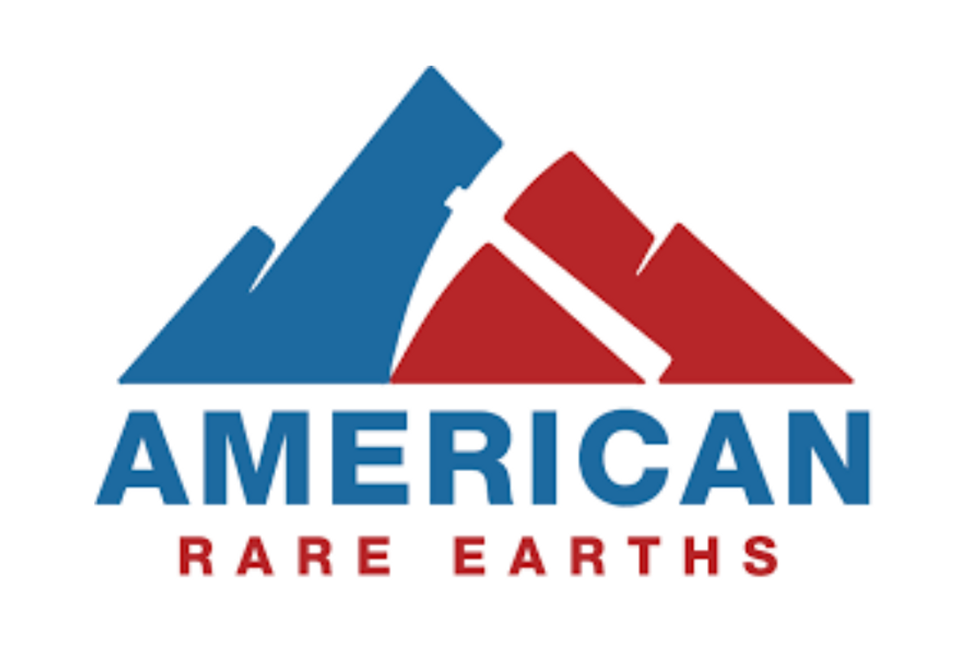Locksley Resources, Ltd. (ASX: LKY,OTC:LKYRF; OTCQX: LKYRF) announced the company has formalized a research collaboration with Columbia University, one of the United States' premier institutions in sustainable mineral processing, to advance next-generation recovery and separation of REEs and...
Keep Reading...


